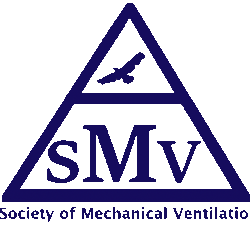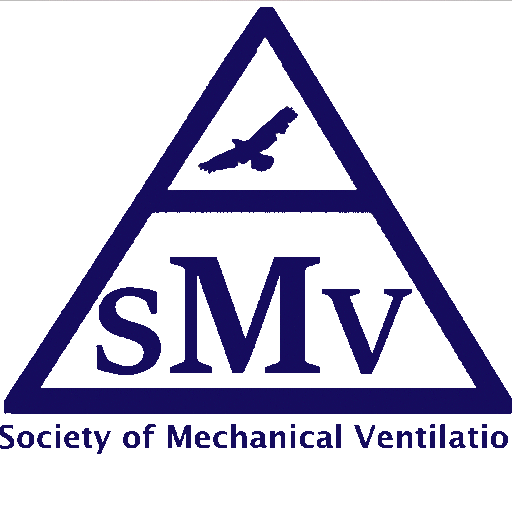
In 2000, I was an internal medicine resident highly fascinated with yet poorly educated about the field of critical care medicine specifically the science of mechanical ventilation. When the ARMA trial of low tidal volume 6 vs 12 ml/kg IBW came out that year, I thought why 12? Did we even use 12 ml/kg even then?
The joke between us at the time was, any patient goes on the ventilator, the settings are AC (I never use that horrible term unless I am talking about air conditioning), tidal volume 500, respiratory rate of 15 and PEEP 5 regardless. So, for an average patient with IBW 70 kg, that is equivalent to 7.1 ml/kg, little higher for lower IBW and little lower for higher IBW. I cannot believe we used 840 ml for an average person to start with.
For the last 21 years, I have been arguing that it is not the tidal volume only that injures or add injury to the injured lung, it is the pressures applied to the alveoli that causes the stress and strain on those alveoli. Not only the plateau pressure or the driving pressure alone but the sum of forces (trans-pulmonary pressure) from inside (plateau pressure) and outside (pleural pressure) as estimated by an esophageal balloon.
I just refuse the one size hat fits all concept, just does not make any physiological sense.
The 6 ml/kg could be injurious to a lung that has > 50% of alveoli collapsed, and 10 ml/kg could be ok for a lung that has most of its alveoli open via the “open lung approach”.
Heretic and ignorant was called to unbelieve or disregard the ARDS network and their guidelines that were adopted by every society and hospital. Though in every case of mechanical ventilation, I try to use the lowest tidal volume, lowest driving pressure and lowest plateau pressure I can achieve. In difficult cases, I indeed use the esophageal balloon manometry to calculate the total respiratory compliance and its two components: lung and chest wall, and guide my pressures applied (driving pressures and PEEP) through monitoring the end inspiratory and end expiratory trans-pulmonary pressures even in the non- conventional modes like APRV and during prone position.
I am also still waiting for the Electrical Impedance Tomography (EIT) to be commercially more available as it will give us a whole new insight in this issue and of how we apply mechanical ventilation.
But I was not alone, highly respected great minds in mechanical ventilation (Tobin, Amato, Gattinoni, just to name a few) have argued that it is the pressure whether plateau pressure, driving pressure that is injurious. The eternal fights between the most famous and intelligent minds in mechanical ventilation filled the literature of whether it is the volume or the pressure, with evidence to support their claims. I would add that it is probably both.
We also do not talk much about the asynchronies that happen a lot especially in the low tidal volume strategy that are injurious by themselves.
A recent meta-analysis of five randomized trials was published this month of July 2021 have shown that indeed it is the driving pressure more than the tidal volume that worsens mortality through ventilator induced lung injury. An editorial for that study by Dr. Tobin (one of the people you should listen to about mechanical ventilation) titled “The Dethroning of 6 ml per kg as the “go-to” Setting in ARDS” made me jump to write this in support of his and others who are fighting the good fight of ventilator induced lung injury.
I think the time has come to treat every patient on a physiologic basis and parameters not like cars were the gas tank gets filled with a fixed certain amount of gas.
To summarize, I want to be clear, I am not advocating for high tidal volumes but advocating for the lowest safest tidal volume, driving pressures, plateau pressures, transpulmonary pressures possible.
Yet the hard reality is our lungs and respiratory system in general are very heterogenous, and ventilator lung injury to some extent cannot be totally prevented as different areas of the lungs are not subjected to the same tidal volumes, driving pressures, plateau and transpulmonary pressures. Those are the sum of both lungs. Unless we can ventilate each lobe, each segment, each subsegment separately.
Not to leave at a pessimistic view, I am very hopeful that our understanding, monitoring and treatment techniques will continue to grow and improve.

